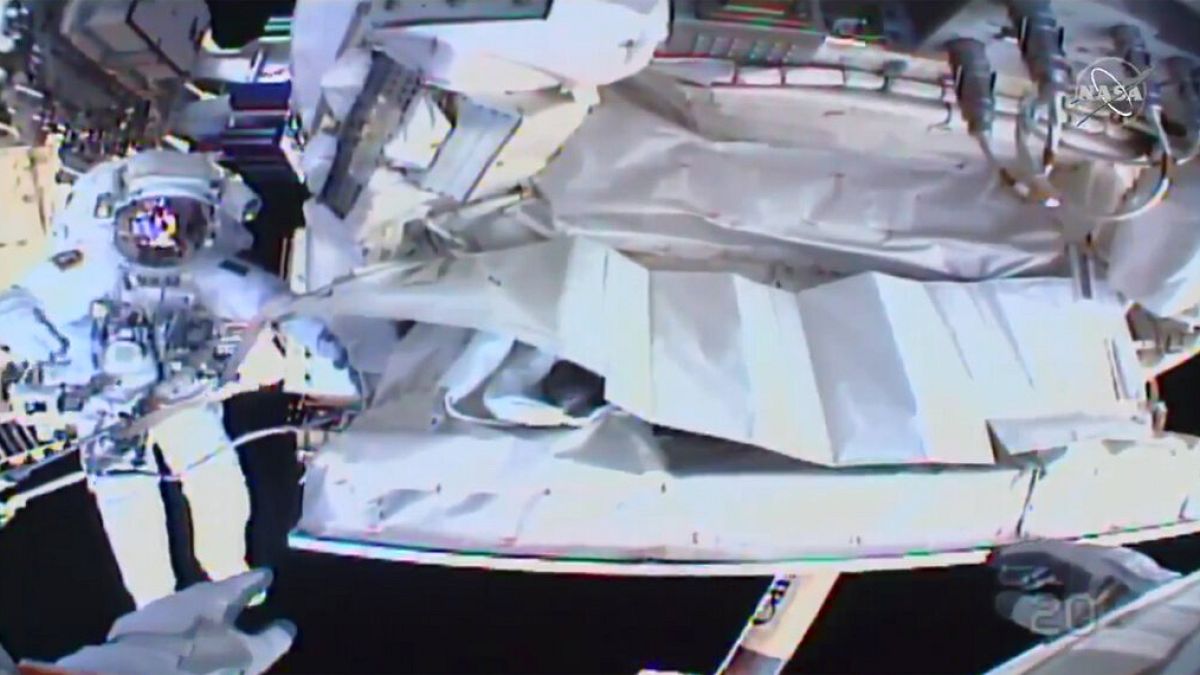The Alpha Magnetic Spectrometer (AMS) has been capturing high-energy cosmic rays to help research on 'dark matter' and the mysterious dark energy that is speeding up the expansion of the cosmos.
NASA astronauts Luca Parmitano and Andrew Morgan completed a six-hour spacewalk and fixed leaks in the cooling system of the Alpha Magnetic Spectrometer (AMS), a system that collects data on 'dark matter' by capturing high-energy cosmic rays.
It was the fourth space walk by Parmitano and Morgan to carry out work on the US$2 billion AMS system, which has also been recording data on dark matter and what NASA terms 'dark energy', a little-understood force that is speeding up the expansion of the universe, since 2011.
The spacewalk took a dramatic turn when Italy's Parmitano found a leak in one of the AMS's coolant lines: “Everybody's hearts stopped,” Mission Control told the astronauts. Parmitano wondered aloud what his heart rate was when the leak erupted. “It either flat-lined or spiked, one of the two.”
The AMS records the amount of particles that passes through its detectors in attempt to understand dark matter, which is believed to make up some 95% of the universe. By sifting through cosmic ray particles, the AMS records their mass, velocity and direction of travel.
It is yet to record any dark matter, according to NASA, but has collected a significant amount of data on cosmic rays, how the rays travel through space and what produces them.
But as the AMS was originally due to cease operations in 2014, it has needed regular maintenance from astronauts at the International Space Station (ISS), where it is located.
